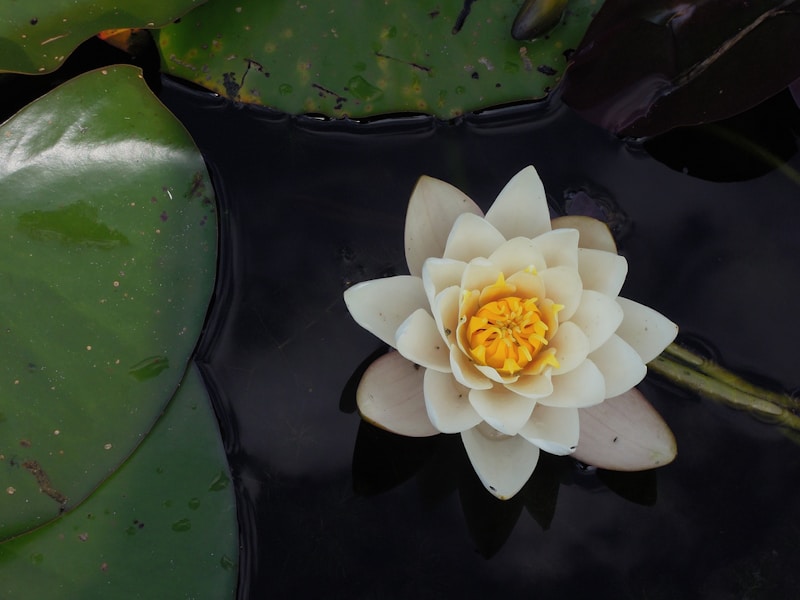Exploring the Best Color Palettes for Flower Crowns: A Comprehensive Guide
Creating stunning flower crowns is not only a delightful craft but also an art form that can elevate any occasion, from weddings to festivals. One key aspect of designing a beautiful flower crown is selecting the right color palette. In this article, we will discover various color palettes for flower crowns, learn how to combine colors effectively, and explore tips for choosing the perfect flowers for each palette. By the end, you will be well-equipped to design flower crowns that impress and inspire.
The Importance of Color Palettes
Color can evoke emotions, create atmospheres, and define styles. When it comes to flower crowns, the color palette you choose can make a significant difference in the overall effect of the crown. Whether you're going for a bohemian vibe, a romantic touch, or a vibrant festival look, understanding color theory and how to apply it will help you create a cohesive design that speaks to the occasion.
Essential Color Theory Basics
Before diving into specific color palettes for flower crowns, it's helpful to understand some basic principles of color theory. Here are a few essential concepts:
- Color Wheel: A visual representation of colors arranged in a circle, showing primary, secondary, and tertiary colors.
- Complementary Colors: Colors that are opposite each other on the color wheel, creating a striking contrast.
- Analogous Colors: Colors that are next to each other on the color wheel, providing harmony and balance.
- Monochromatic Colors: Different shades and tints of the same color, creating a cohesive look.
Popular Color Palettes for Flower Crowns
Now that we have a foundational understanding of color theory, let's explore some popular color palettes for flower crowns that can inspire your next creation. Each palette is accompanied by a brief description of its vibe and potential flower selections.
| Color Palette | Description | Ideal Flowers |
| Pastel Dream | Soft, light colors that evoke a dreamy, ethereal quality. | Peonies, Baby's Breath, Light Pink Roses |
| Vibrant Fiesta | Bold, bright colors that celebrate life and fun. | Sunflowers, Orange Zinnias, Pink Gerbera Daisies |
| Boho Earth Tones | Natural, muted colors inspired by nature, perfect for bohemian styles. | Dried Lavender, Succulents, Ranunculus |
| Romantic Reds | Deep reds and rich pinks for an elegant, romantic look. | Roses, Carnations, Dark Red Dahlia |
| Blue and Green Serenity | Cool colors that promote calmness and tranquility, ideal for outdoor events. | Delphinium, Eucalyptus, White Anemone |
Combining Colors Effectively
When creating a flower crown, it's essential to combine colors effectively to ensure they work well together. Here are some tips:
- Start with a Dominant Color: Choose one color to be the dominant shade in your flower crown. This will help guide your choices for other colors.
- Add Accent Colors: Select one or two accent colors that complement your dominant color. These can be in the form of different flower types or tinted foliage.
- Consider Texture: Different flowers have various textures, such as soft petals or ruffled edges. Mixing textures can add depth to your crown.
- Use Foliage Wisely: Foliage can act as a filler and help tie the colors together. Consider using greenery that matches the overall tone of your palette.

Choosing the Right Flowers for Your Palette
When selecting flowers for your chosen color palette, consider their availability and seasonality. Certain flowers may only be available during specific times of the year. Here are some popular flowers categorized by season:
| Season | Flowers |
| Spring | Peonies, Lilacs, Daffodils, Cherry Blossoms |
| Summer | Hydrangeas, Sunflowers, Zinnias, Marigolds |
| Autumn | Mums, Asters, Dahlia, Celosia |
| Winter | Evergreens, Amaryllis, Poinsettias, Paperwhite Narcissus |
Additionally, consider using locally sourced flowers for a more sustainable approach. Not only does this minimize your environmental footprint, but it also supports local growers and artisans.
Final Touches: Accessorizing Your Flower Crown
After you've chosen your flowers and assembled your flower crown, consider adding some final touches to elevate your design:
- Adornments: Use ribbons, beads, or lace to add a unique flair to your crown.
- Length Variation: Allow the flowers to fall at different lengths for a more organic, flowing look.
- Personalization: Incorporate elements that reflect your personality, such as charms, feathers, or small brooches.
Conclusion: Your Path to Stunning Flower Crowns
In summary, the right color palette can transform a simple flower crown into a visually striking accessory. By understanding color theory, exploring various palettes, and considering seasonal flowers, you can create crowns that not only look beautiful but also express your personal style and fit the occasion perfectly. Remember to experiment and have fun with colors and textures, and don’t hesitate to seek inspiration from nature, fashion, and art. Happy crafting!
Before you head off to create your masterpiece, here are some final suggestions:
- Always test your color combinations in natural light to see how they look together.
- Keep in mind the longevity of the floral materials and plan your usage accordingly.
- Explore tutorials or workshops to further enhance your flower crown-making skills.
Now, armed with the knowledge of color palettes for flower crowns, you're ready to make stunning creations that will wow your friends and family!